Battery researchers at Tesla created new cell that could last 1 million miles in ‘robot taxis.’
At the Tesla Autonomy Event, Tesla CEO Elon Musk said:
“The cars currently built are all designed for a million miles of operation. The drive unit is design, tested, and validated for 1 million miles of operation.”
Today, Tesla’s Model 3 battery modules should last between 300,000 miles and 500,000 miles.
But now according to Elon Musk, Tesla has a new battery coming up next year that will last a million miles.
Jeff Dahn and his research team at Tesla, unveiled an impressive new million-mile battery.
The new Li-Ion battery cell created with a new advanced electrolyte and a next-generation “single crystal” NMC cathode.
According to Dahn, this new battery, after extensive testing, could power an electric car “for over 1 million miles [1.6 million kilometers].”
Jeff Dahn explains:
“We present a wide range of testing results on an excellent moderate-energy-density, lithium-ion pouch cell chemistry to serve as benchmarks for academics and companies developing advanced lithium-ion and other ‘beyond lithium-ion’ cell chemistries to (hopefully) exceed. These results are far superior to those that have been used by researchers modeling cell-failure mechanisms, and as such, these results are more representative of modern Li-ion cells and should be adopted by modelers.
Up to three years of testing have been completed for some of the tests. Tests include long-term charge-discharge cycling at 20, 40, and 55°C, long-term storage at 20, 40, and 55°C, and high precision coulometry at 40°C. Several different electrolytes are considered in this LiNi0.5Mn0.3Co0.2O2/graphite chemistry, including those that can promote fast charging.
The reasons for cell performance degradation and impedance growth are examined using several methods. We conclude that cells of this type should be able to power an electric vehicle for over 1.6 million kilometers (1 million miles) and last at least two decades in grid energy storage.”
via Futurism

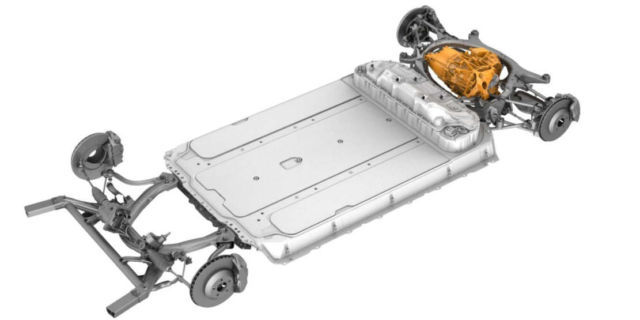
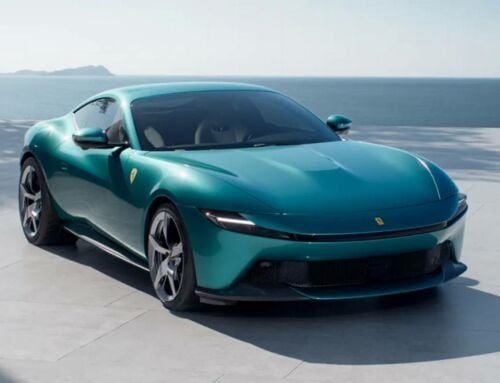
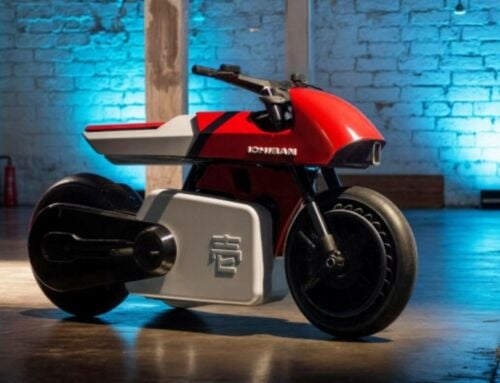
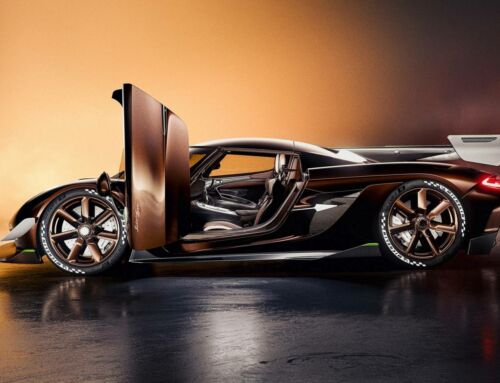
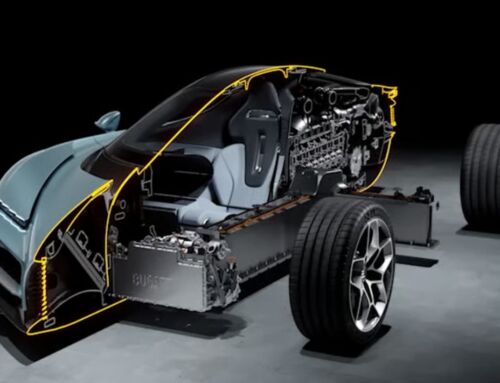
Leave A Comment